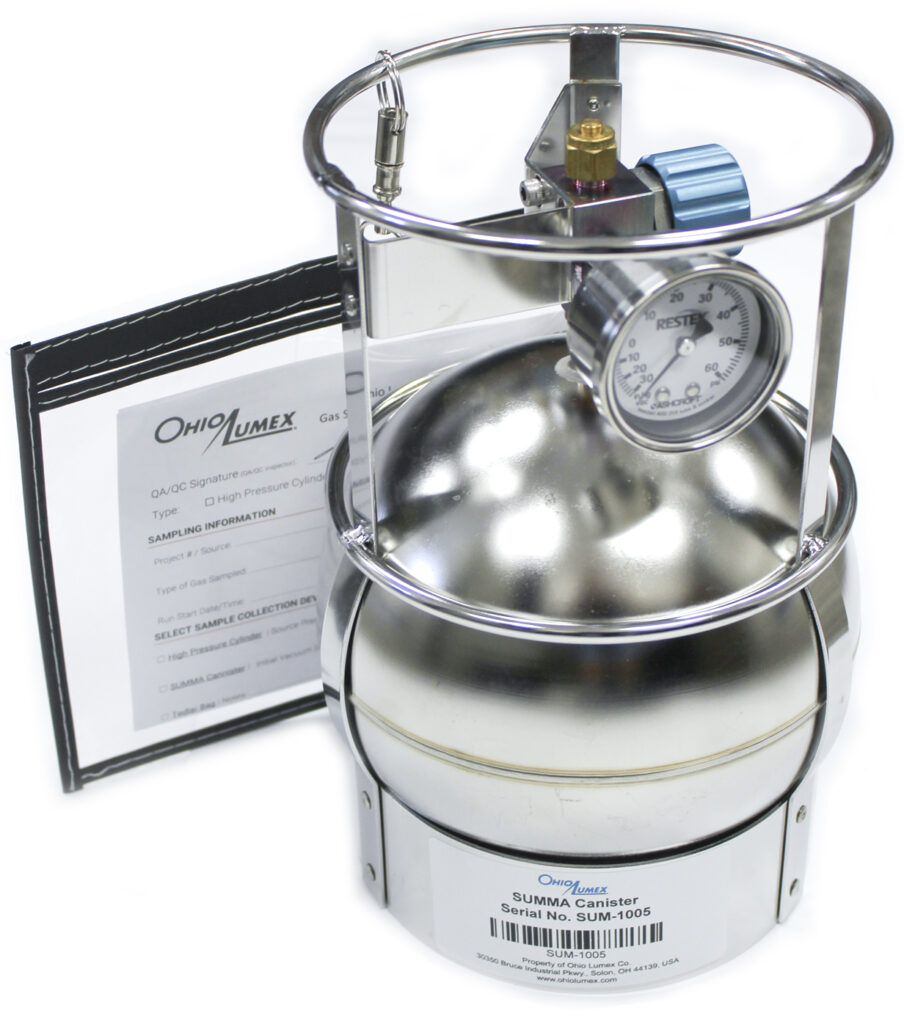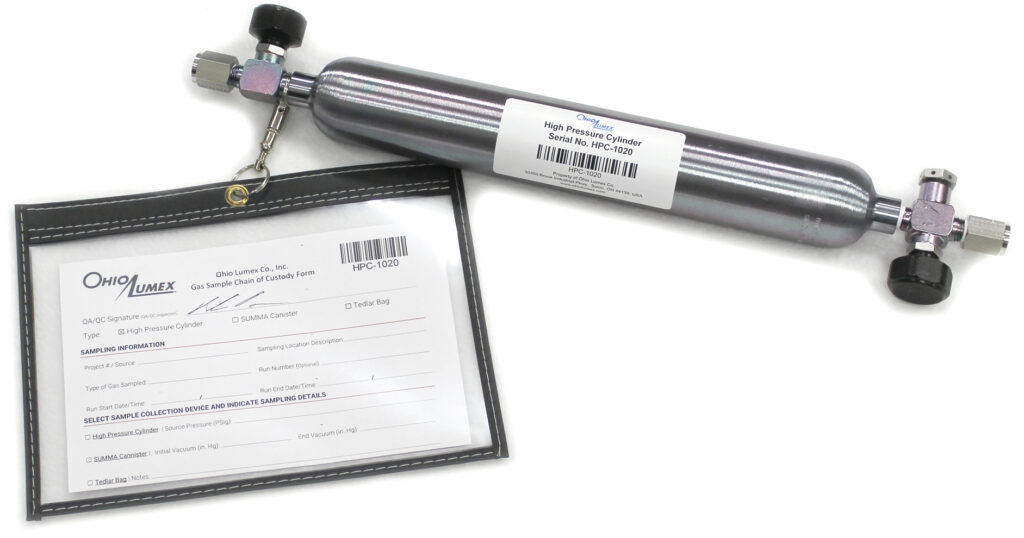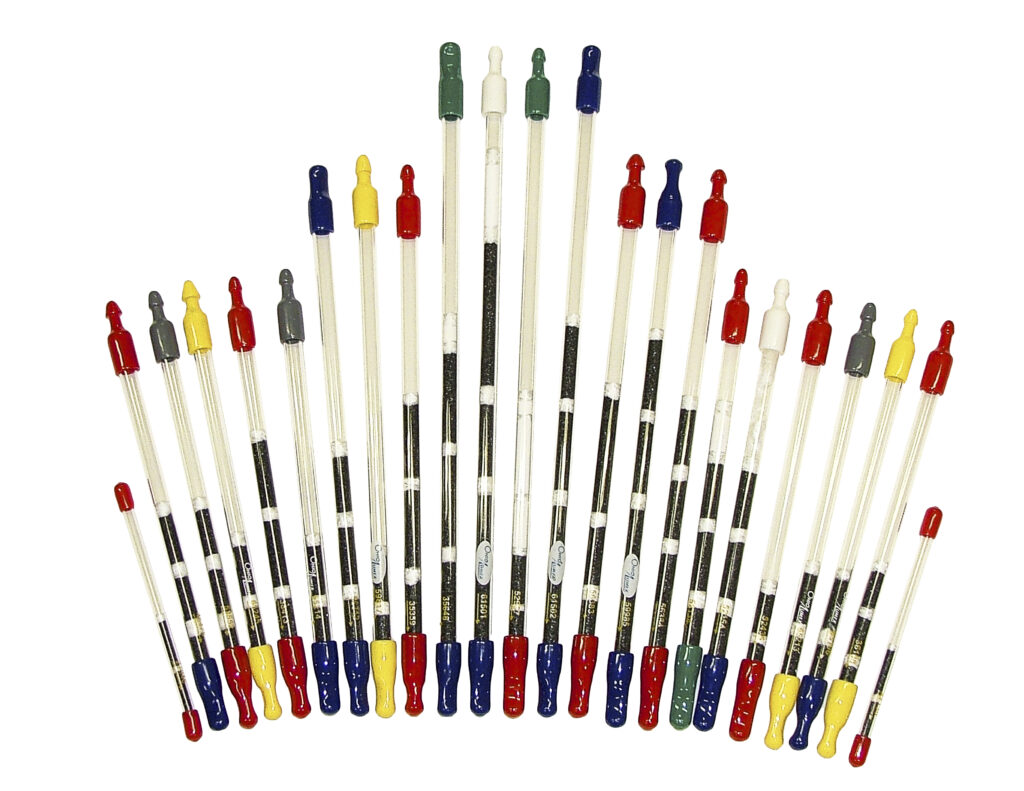One of the most frequent questions we receive from clients is how they can avoid shipping High-Pressure Cylinders and SUMMA Canisters containing Biogas/RNG samples as hazardous. Beyond the difficulty in identifying and understanding the Federal regulations that are applicable, it is a big small industry and rumors and tricks on how sidestep the hazardous requirements continue to spread, making the matter even more confusing.
While the regulations (49 CFR Part 173) can be confusing, it really comes down to the combination of three factors:
- Gas Flammability
- Gas Pressure
- Container Volume
HAZMAT Fundamentals*
Regardless of the container volume, a flammable gas under pressure is considered hazardous and must be shipped HAZMAT.
A non-flammable gas under pressure can be shipped as non-hazardous if the Container Pressure is less than 29 psi, and the Container Volume is less than 5 liters.
Both our passivated High-Pressure Cylinders (500cc) and SUMMA Canisters (3 liters) fall under the maximum volume limit. As a result, we ship our High-Pressure Cylinders to job sites filled with nitrogen with a pressure less than 29 psi to avoid having to ship them HAZMAT.


While diluting a flammable gas below the LEL and limiting the container pressure to less than 29 psi could potentially qualify the sample as non-hazardous, the sample would be diluted so dramatically that the analysis sensitivity would not meet the required pipeline gas quality detection limits.
A flammable gas not under pressure can be shipped as non-hazardous if the Container Volume is less than the 5-liter limit. As a result, shipping Biogas/RNG samples in our High-Pressure Cylinders or SUMMA Canisters at atmospheric pressure or under vacuum is considered a non-hazardous shipment.
However, please note the following:
- The shipment must go via Ground, as regardless of the pressure, flammable gases are not allowed on aircraft.
- Lab analysis would require pressurizing the sample with Helium to extract the sample gas. This would eliminate the ability to report the concentration of Hydrogen, a measurement typically required by pipeline gas quality specifications, and reduce sensitivity.
- Ground shipments would add several days to the transit time, eliminating this as a viable alternative for relatively unstable compounds such as sulfur that require analysis soon after sampling, and significantly extend the lead time for reporting.
Long-term, continuing to transition methods to Ohio Lumex Sorbent Traps eliminates the need for hazardous shipments, increases sample stability, improves sensitivity and reduces cost. Ohio Lumex continues to expand the Gaseous Fuels Sorbent Trap product line, including:
- Mercury
- Siloxanes
- Ammonia
- Nitroso-n-di-propylamine (NDPA)
- Chlorines & Fluorines
- Aldehydes & Ketones
- Gross Alpha & Beta (Radiological)
- Odors, Dust & Liquids
- PCBs & Pesticides (coming January)
- Metals (coming soon)

* While Ohio Lumex is certified to ship and receive hazardous materials, this is only the opinion of Ohio Lumex and the rules and regulations are subject to interpretation and change. Please reference the applicable regulations prior to making hazardous shipments..
